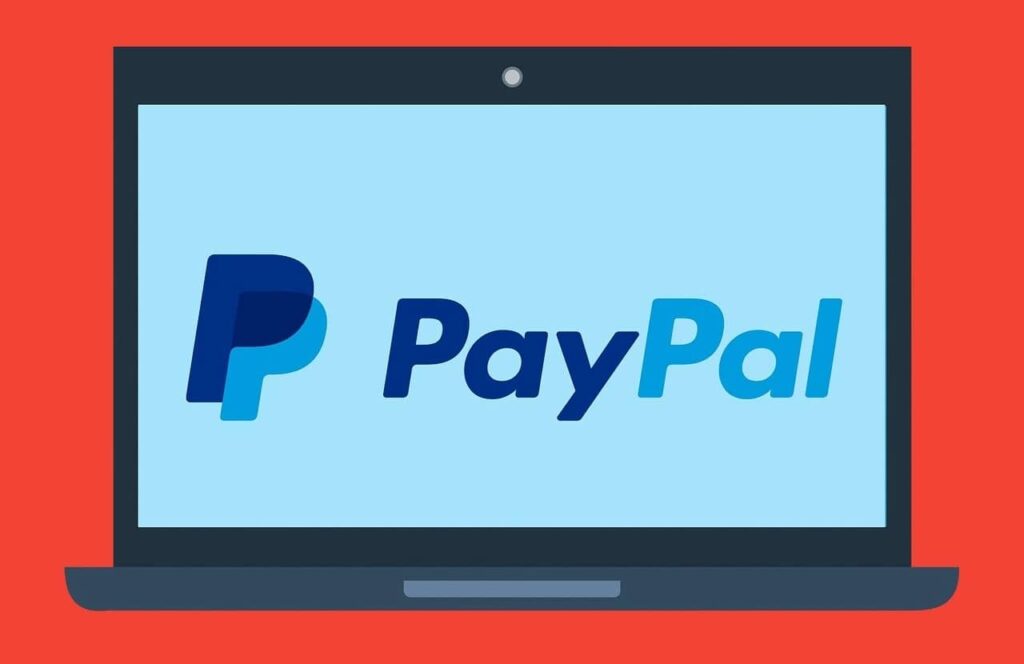One more token enters the market of dollar-pegged stablecoins, but not just anyone. Know by reading the following article.
What to know about PayPal USD. Among the world’s most popular and widely used stablecoins are USDT (Tether), USDC, DAI, Binance USD (BUSD), and Paxos Standard (PAX). Recently, a new stable cryptocurrency has joined that list that stands out because of the company that issues it – PayPal. The currency is called PayPal USD (PYUSD).
Before we go any further, do you remember what stablecoins are? They are cryptocurrencies that maintain a fixed or stable value concerning another asset, such as the dollar, the euro, or even gold, as in the Pax Gold stablecoin (PAXG) case.
Stablecoins aim to offer the advantages of cryptocurrencies, such as speed, accessibility, transparency, and decentralization, without suffering the volatility and uncertainty that characterize the market of traditional crypto assets such as bitcoin (BTC), ether (ETH), Binance coin (BNB) and others.
So, what is PayPal USD (PYUSD)?
PayPal USD (PYUSD) is the stablecoin issued and launched to the market by PayPal, the world’s largest digital payments platform after Mastercard, banking firm JP Morgan Chase, and Visa. PaypPal created this stablecoin in collaboration with Paxos Trust Company. The New York Department of Financial Services, responsible for issuing and safekeeping stablecoins, is accountable for its regulation.
According to PayPal, Paxos has an obligation “to ensure that PYUSD is fully backed by an equivalent amount” in dollars, whether in bank deposits, U.S. Treasury bonds, reverse repurchase agreements, or by all of these methods simultaneously. Technically speaking, PayPal USD is an ERC-20 token that runs on the Ethereum network; this makes it compatible with many wallets, applications, and protocols based on this network.
What was the PayPal USD stablecoin created for?
PayPal created PYUSD to be another digital alternative to the cash dollar, based on it and retaining its exact value. Due to its “digital constitution,” this stablecoin is also a bridge between the U.S. currency and the “web3“, or emerging technologies that attempt to create an open, decentralized, and interoperable internet. PayPal users in the U.S. can purchase PayPal USD through the company’s app and access several features, such as:
- Transfer PayPal USD between accounts and external wallets compatible with the Ethereum network.
- Make P2P (person-to-person) payments using PYUSD.
- Buy using PayPal USD as a payment method.
- Convert between cryptocurrencies supported by PayPal and PayPal USD.
- Use PayPal USD in the Ethereum ecosystem of protocols and applications.
According to a company statement, PayPal USD will also be available on Venmo, a mobile payments app.
PayPal USD offers the same advantages as other dollar-anchored stablecoins. For example:
- Stability and a constant value that helps to avoid fluctuations typical of other cryptocurrencies;
- Its native network protocol, Ethereum, provides security. The Ethereum blockchain is one of the most robust and solid networks.
- Transparency is inherent to operating in a public blockchain.
But where PayPal stands out from other stablecoins is in its accessibility. Being integrated into the PayPal platform, PYUSD is available to millions of users and merchants who use this digital payment service. By the third quarter of 2022, PayPal had 430 million active accounts. That figure includes all wallets that received at least one payment through the company’s channels.
Where to buy PayPal USD?
To purchase stable cryptocurrency from PayPal, you do not necessarily have to be a user with an active payment platform account. Recall that PYUSD runs on Ethereum, and you can purchase it on centralized (CEX) or decentralized (DEX) exchanges that support sending and receiving through this network.
Below is a list of platforms that market the PYUSD stablecoin:
- Kraken
- Coinbase
- KuCoin
- Huobi (HTX)
- Crypto.com
- PancakeSwap
- UniSwap
- Foxbit
- BingX
- BitMart
- HitBTC
PYUSD, PayPal’s stable cryptocurrency, is similar to other stablecoins except that a giant payments company issues it with a vast user base. Although this cryptocurrency’s potential for adoption is high and can be acquired through alternate channels, its access to PayPal’s app is now limited to U.S. residents. This restriction is paradoxical considering that, according to Statista, the top five countries that use PayPal most for online purchases are European. Other LatAm countries, such as Brazil and Mexico, also contribute to the worldwide volume of PayPal purchases.

